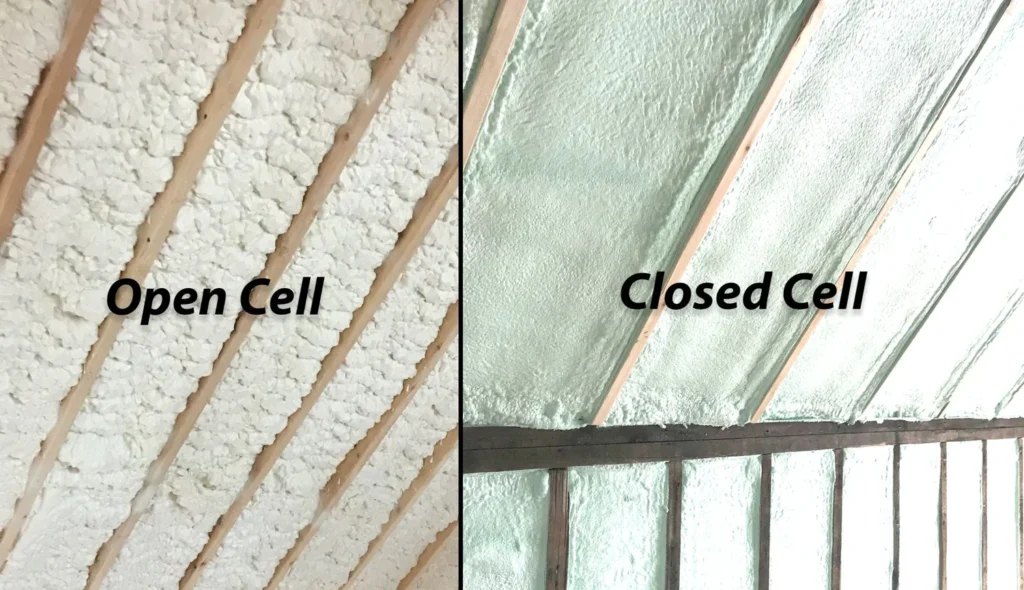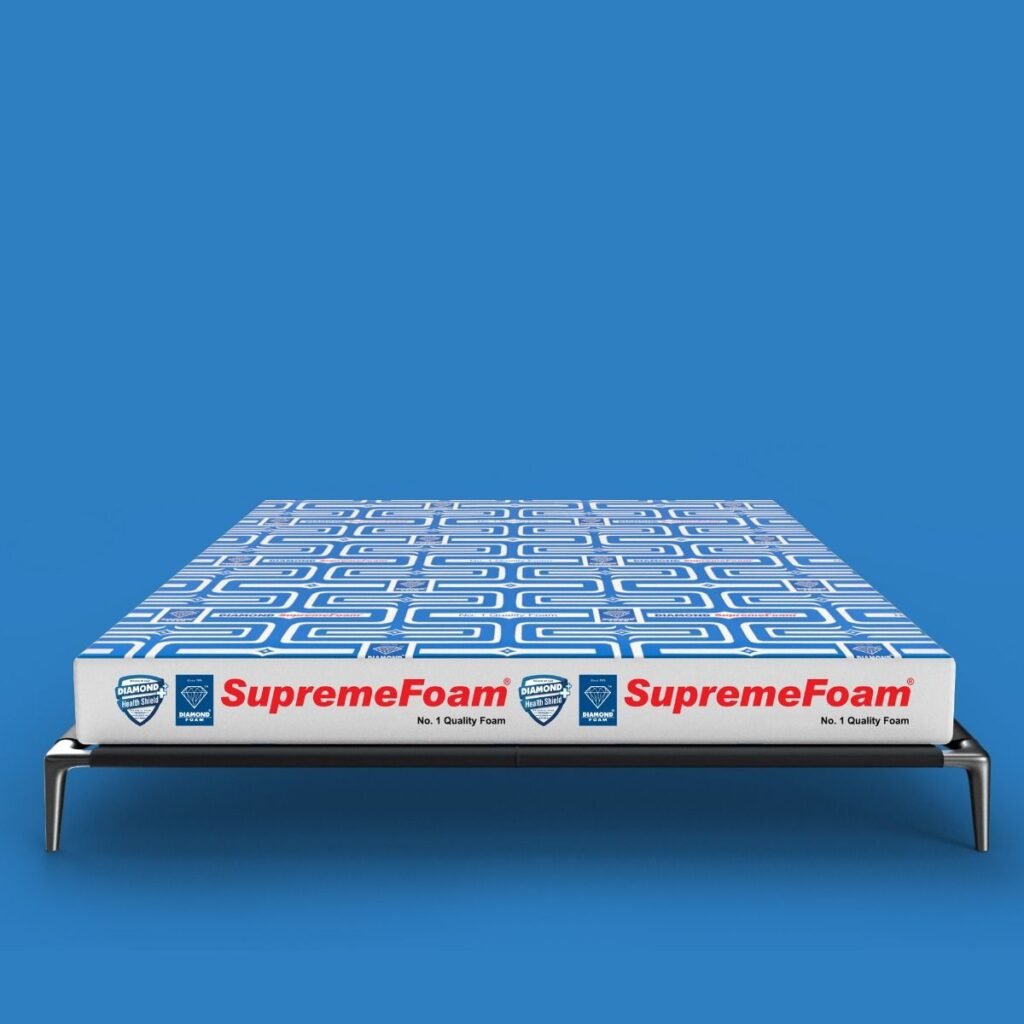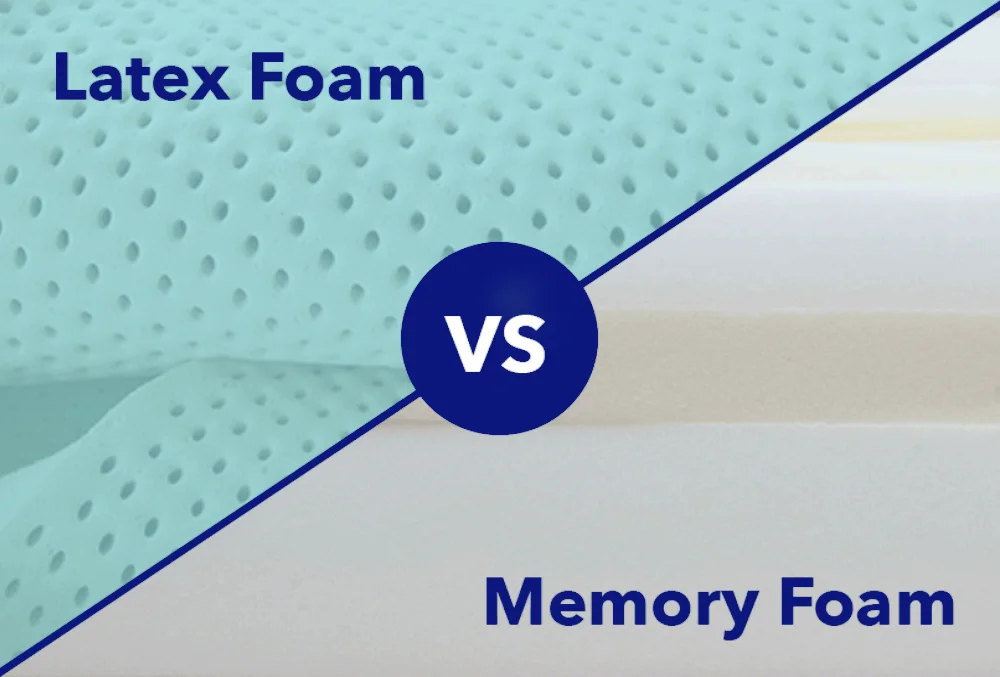When choosing a mattress, you might see terms like “open-cell” or “closed-cell” foam. While they sound technical, these terms describe a crucial difference in foam’s internal structure that affects everything from its comfort and durability to its temperature regulation. Understanding this distinction is key to selecting the right mattress for a truly restful night’s sleep.
What Are Foam Cells?
Imagine a piece of foam as a vast network of tiny bubbles, or “cells.” These cells are the fundamental building blocks of foam. How they’re structured—whether they are interconnected or sealed off—is what determines the foam’s properties.
Open-Cell Foam Technology
Open-cell foam is made of cells that are not fully sealed. Instead, they are broken and interconnected, forming a network of tiny channels that allow air to flow freely. This is the most common foam type used in mattresses, giving materials like memory foam and high-resilience foam their signature feel.
Manufacturing
The production process is designed to create a delicate polymer matrix that allows the cell walls to break during manufacturing, creating interconnected air channels.
Key Properties
- Breathability: The interconnected cells allow air to circulate freely, making the foam highly breathable. This is crucial for mattresses, as it helps dissipate body heat and keeps you cooler throughout the night.
- Feel: Open-cell foams are typically softer and more flexible. They conform to the shape of your body, providing excellent pressure relief and a plush, comfortable feel.
- Weight: This type of foam is lighter than closed-cell foam because it contains more air and less polymer material.
Closed-Cell Foam Technology
In contrast, closed-cell foam has a structure where the cells are completely sealed off from each other. These cells act like tiny, isolated balloons that trap air or gas inside, giving the foam distinct properties for specific applications.
Manufacturing
The cell walls are engineered to stay intact during production, resulting in a dense, sealed structure.
Key Properties
- Rigidity and Strength: Due to its sealed structure, closed-cell foam is much firmer and stronger than open-cell foam. This makes it ideal for applications where structural integrity is key, such as in insulation or industrial products.
- Water Resistance: The closed-cell structure prevents the absorption of water, which is why it’s often used in outdoor gear, flotation devices, and other moisture-resistant products.
- Feel: Closed-cell foams are rigid and don’t conform to the body like open-cell foams do. This makes them unsuitable for mattress comfort layers, as they lack the softness and flexibility needed for restful sleep.
How This Impacts Your Sleep
For mattresses, comfort layers are almost always made from open-cell foam. The breathability and pressure relief it offers are key to providing the comfort most people seek. When you lie on a mattress made of open-cell foam (like memory foam), the foam contours to your body shape, evenly distributing your weight and alleviating pressure points. This structure also helps regulate temperature by dissipating heat, preventing the “trapped” heat feeling that can lead to discomfort.
Closed-cell foam, on the other hand, would be uncomfortable as a mattress layer. Its rigid, firm structure would not provide the softness or contouring needed for restful sleep. Additionally, its lack of breathability would lead to significant heat buildup, making for a hot and uncomfortable night.
Conclusion
Ultimately, the choice comes down to function. Open-cell foam, with its breathable and conforming nature, is the ideal technology for creating the soft, supportive feel needed for a good night’s rest. In stark contrast, closed-cell foam is a rigid, dense material that serves an entirely different purpose, excelling in industrial applications where strength and water resistance are paramount. When it comes to your sleep, the open-cell structure is the true foundation of comfort.



